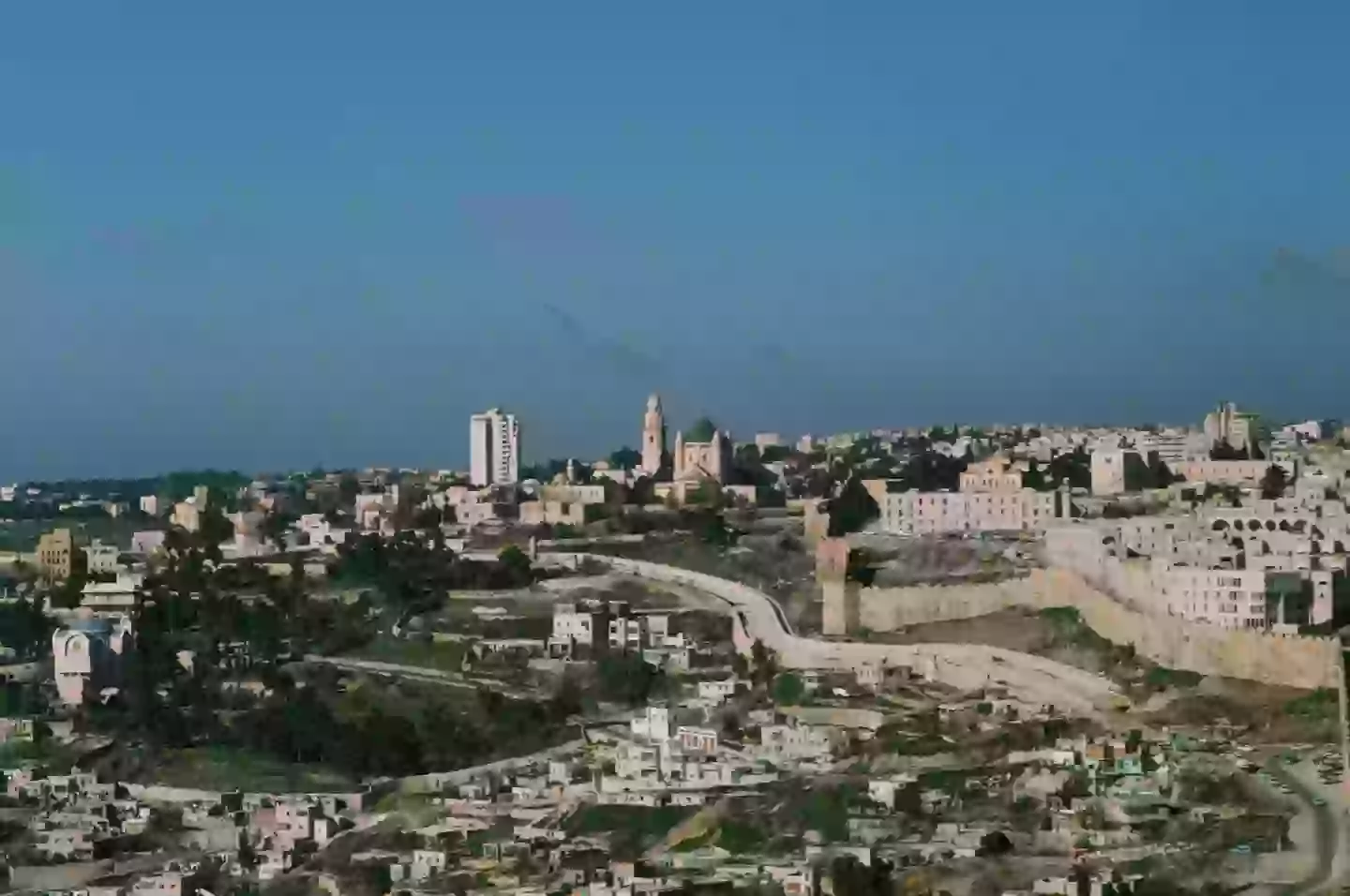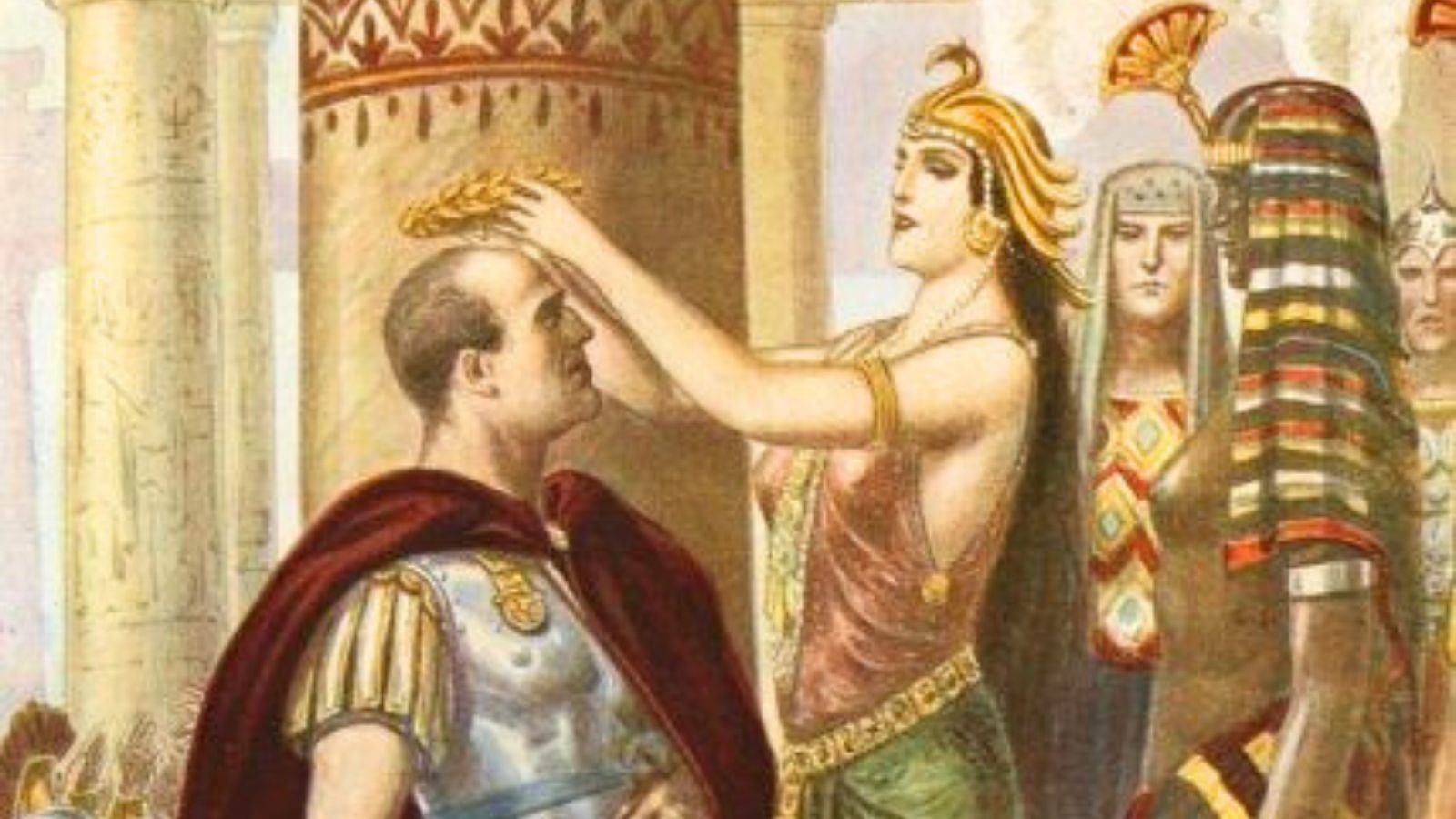Mystery Unveiled: Ancient Text Reveals Secrets of Jesus’ Last Supper Chamber
Have you ever pondered what Jesus might’ve doodled during his final meal? Well, archaeologists are peeling back the layers of history in what’s believed to be the site of da Vinci’s iconic Last Supper scene, and boy, do they have some revelations that will make you see those apostles in a whole new light. Now imagine this – you’re hanging out with Jesus, about to chow down, and you decide to leave your mark for posterity. Maybe Jesus had some dry erase markers, or perhaps pilot pens back then, who knows? The room in question, known as The Cenacle on Mount Zion, isn’t just any old room. It’s been the holy grail (pun intended) of Christian faith for centuries. Seems like every pilgrim, knight or noble who visited decided to carve their name or symbol in the walls, leaving a historical graffiti that’s giving us today a unique insight into the motley crew of visitors from back in the day. It’s almost like opening an ancient guestbook. Imagine the shock when researchers unearthed carvings from as far back as the 1300s, hidden beneath layers of plaster, bringing stories to light through cutting-edge imaging tech like ultraviolet filters and multispectral photography. These weren’t just random scratches either, but detailed inscriptions and drawings, including a chilling message from Christmas 1300 penned in Armenian script. And yes, they’ve found more than just messianic murals. There’s a veritable who’s-who of medieval Europe etched into the limestone. Names like a Swiss Knight, a Venetian nobleman, and even a nod to King Het’um II, whose journey to Jerusalem around 1300 corroborates recently discovered historical documentation. The inscriptions are a tangible testament to the breadth of the Christian world, stretching from then-warring Venice to the crusader kings of Armenia. It paints a picture of Christian pilgrimage that’s not just about the Western European experience, but a vibrant mix, a sort of ancient Woodstock, but with less rock and much more reverence. We’re seeing faith, politics, and power all carving their initials in the grand, historical pilgrimage. To dig deeper into this fascinating interplay of faith and history, and to uncover the diverse tapestry of Christian pilgrims etched on these holy walls LEARN MORE.
Archaeologists have been able to decipher ancient messages in the room which is thought to be the location of Jesus Christ’s Last Supper.
The Last Supper, an essential aspect of various versions of the Bible, was where Jesus held one final meal with his 12 disciples prior to his crucifixion.
At this meal, the son of God is said to have told his disciples that he knew one of them would betray him, referring to Judas.
Whilst there are no exact textual references to where this meal took place in the Bible, it has widely been agreed within Biblical tradition to have taken place in The Cenacle.
The Cenacle is located on Mount Zion in Jerusalem and for centuries has been considered a vastly important building for the Christian faith.
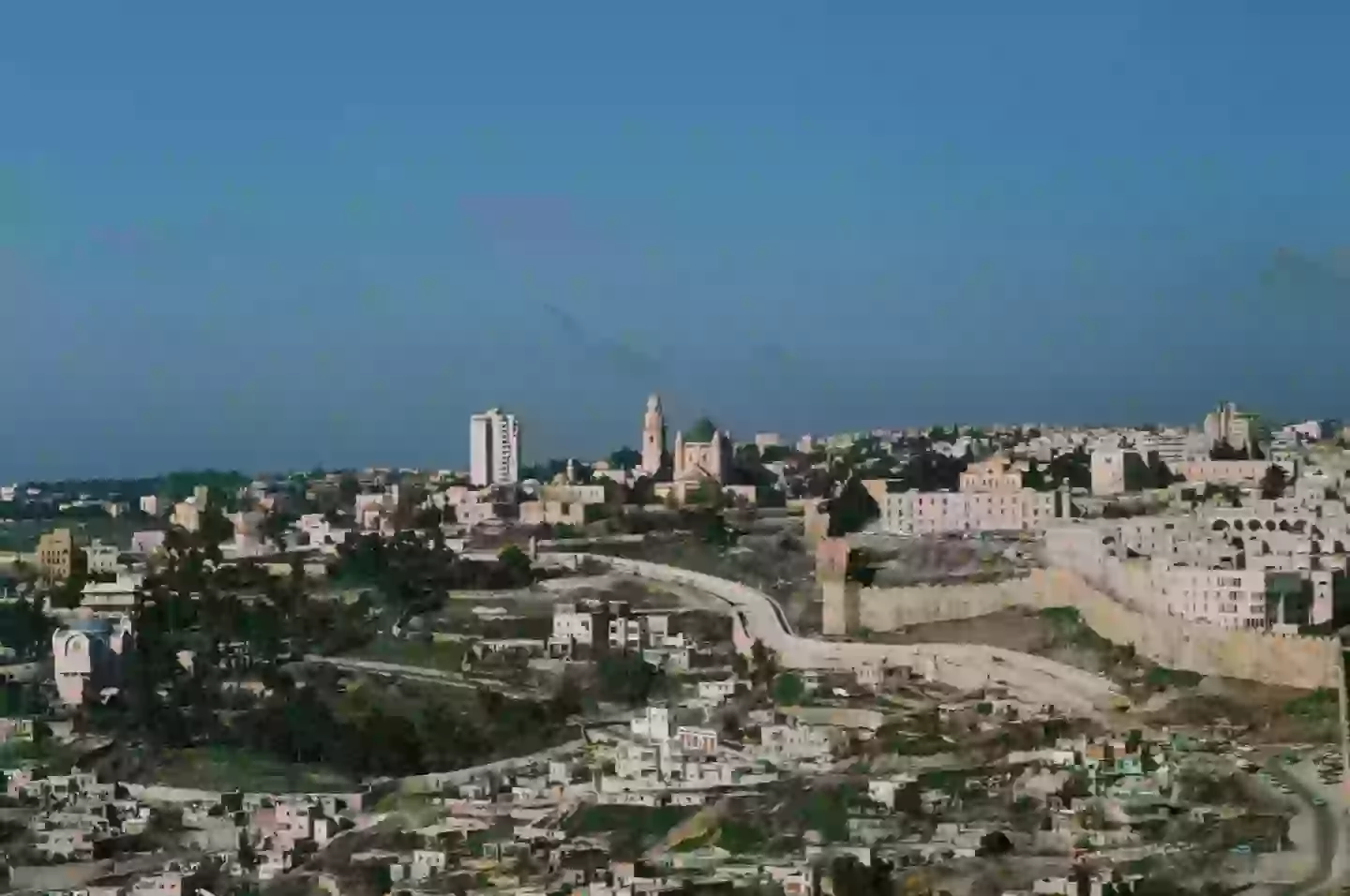
Mount Zion (Harvey Meston via Getty Images)
This has led, over the centuries, many to travel to the site, at times leaving messages behind in the form of graffiti or carvings.
Scientific researchers have been investigating these messages found in the room, some of which are as far back as the 1300s.
The results of this were published in a new study in Liber Annuus, a yearbook from a Jerusalem based publication that focuses on sites associated with the New Testament and early Christianity in the Middle-East.
A number of inscriptions and markings left behind give light towards who has visited the site over the years.
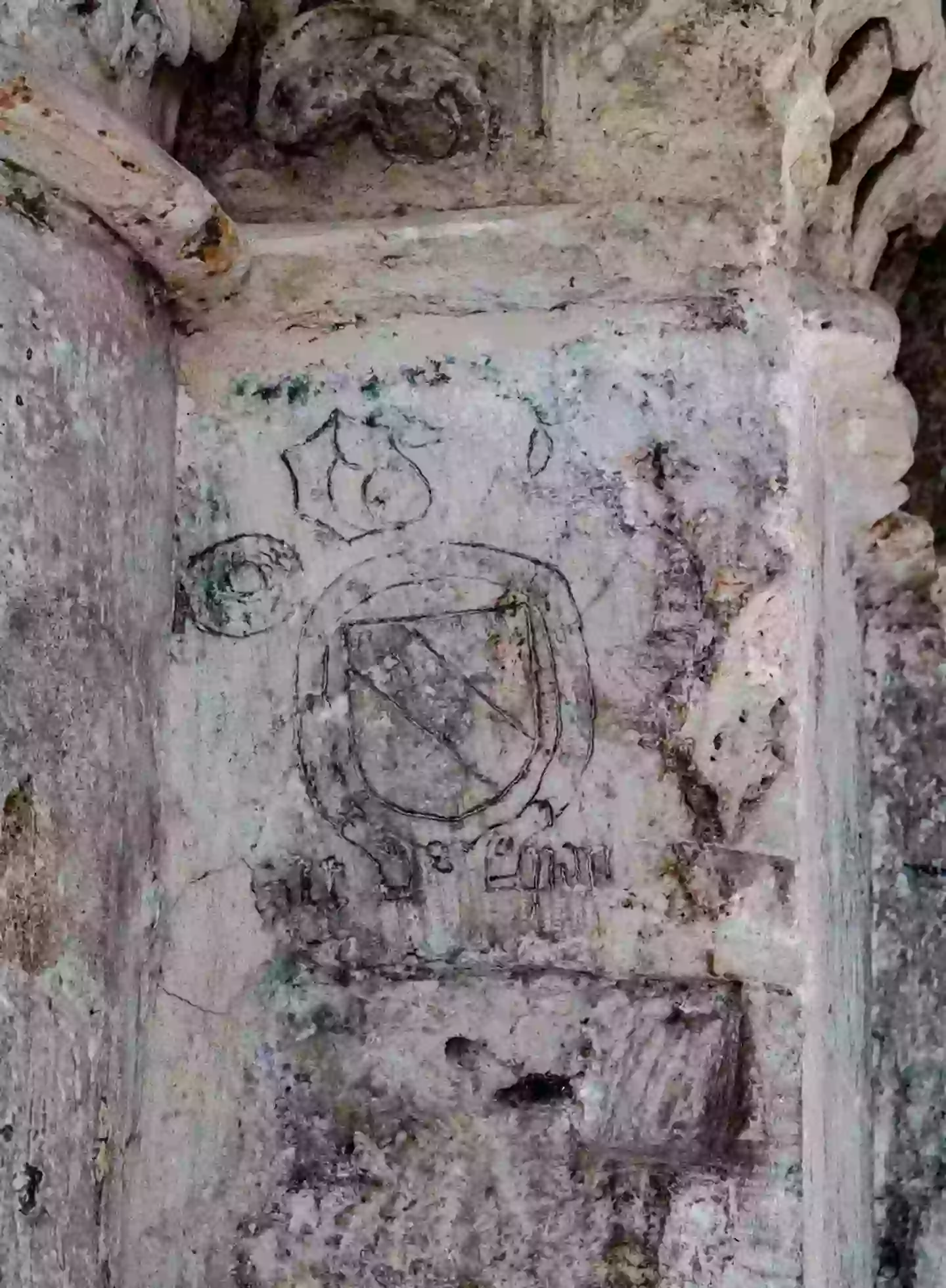
One of the coat of arms carved in to the wall (Shai Halevi / © Israel Antiquities Authority)
These were investigated with the help of advanced imaging techniques, required due to the marks being plastered over for centuries.
They were only rediscovered in the 1990s when the room was being restored, and required ultraviolet filters, Reflectance Transformation Imaging, and multispectral photography.
This led to researchers capturing 30 inscriptions and nine drawings.
Amongst these was an inscription in Armenia reading ‘Christmas 1300’.
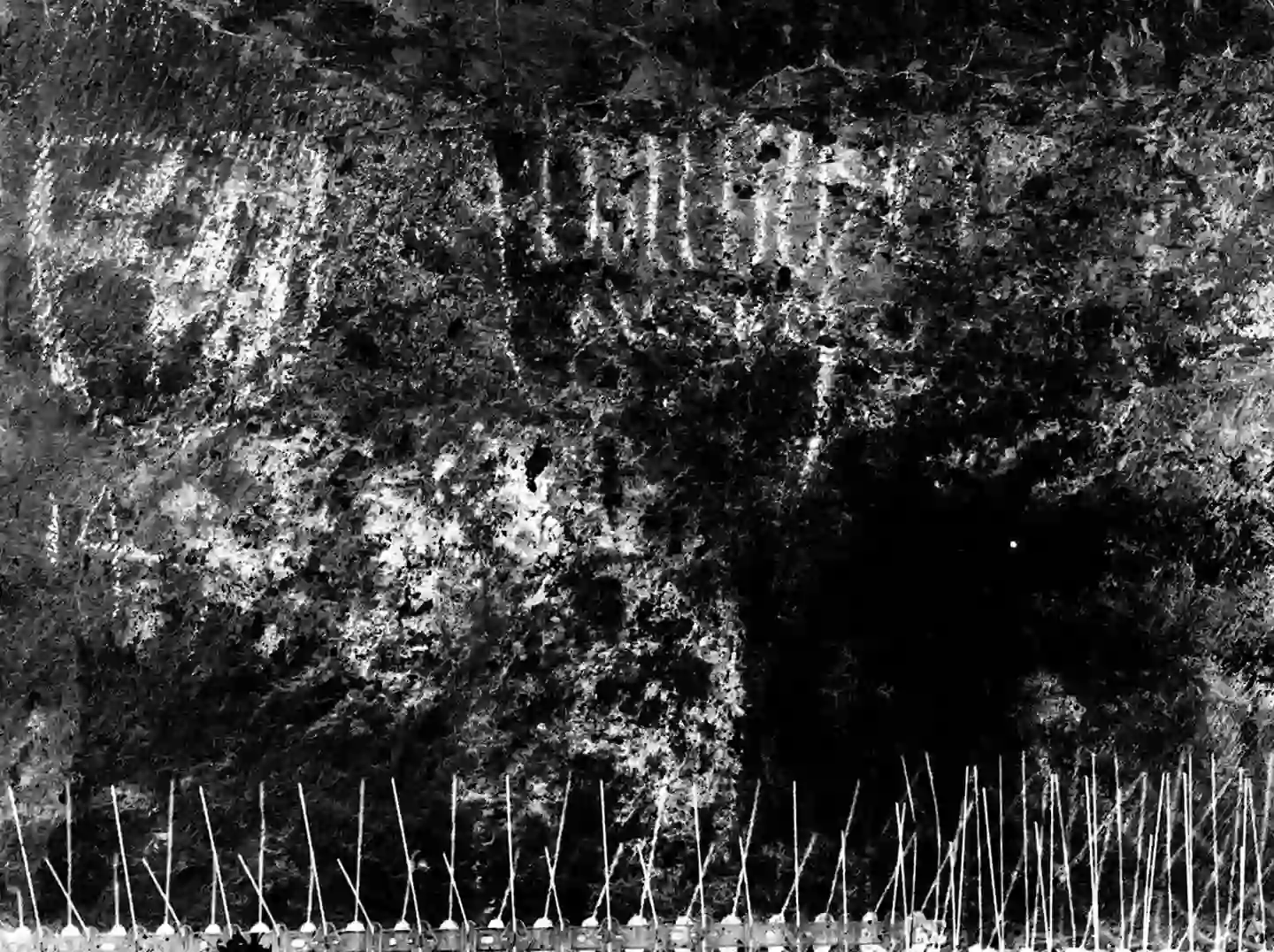
A reconstructed image of the ‘Teuffenbach’ coat of arms from Styria in the mid-1400s (Shai Halevi / © Israel Antiquities Authority)
This reportedly supports a controversial that an Armenian King, Het’um II, could have reached as far as Jerusalem after a victory in battle in Syria at the Battle of Wādī al-Khaznadār.
In addition to this are various coats of arms carved into the walls, such as a Swiss Knight Adrian I von Bubenberg, Venetian nobility Jacomo Querini, as well as Johannes Poloner of Regensburg.
Ilya Berkovich, an Austrian Academy of Sciences historian and a co-author of the paper, said: “When put together, the inscriptions provide a unique insight into the geographical origins of the pilgrims.”
The article said of the discoveries: “At a time when research literature still tilts heavily to the experience of pilgrims from Western Europe, the Cenacle’s inscriptions are a valuable reminder of the diversity of the Christian pilgrim flow to late medieval Jerusalem.”
Auto Amazon Links: No products found.
